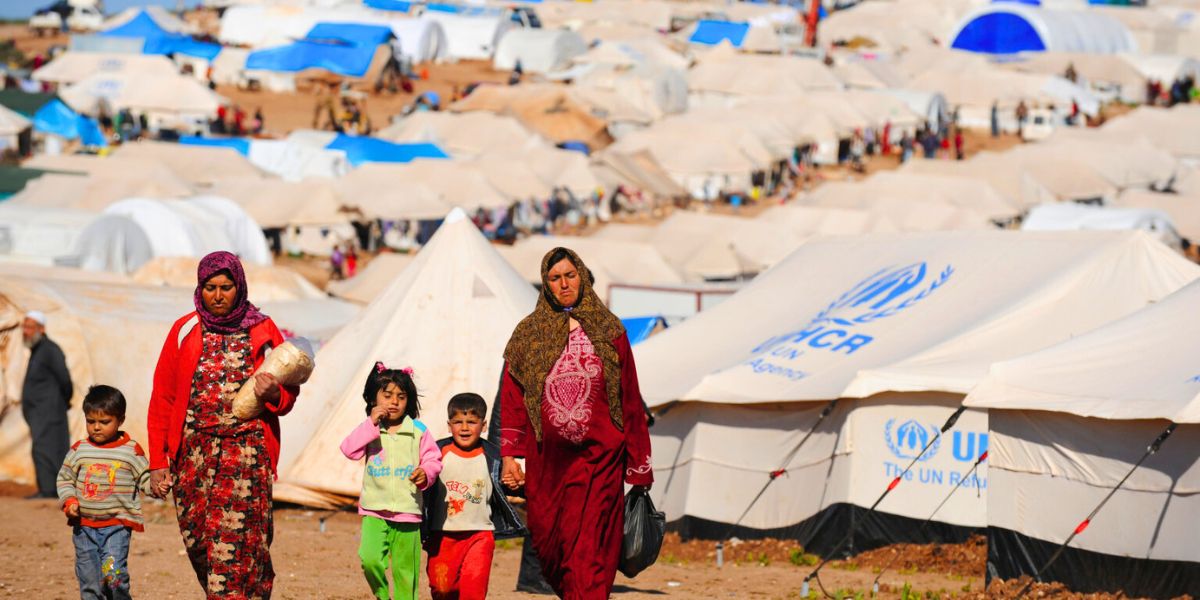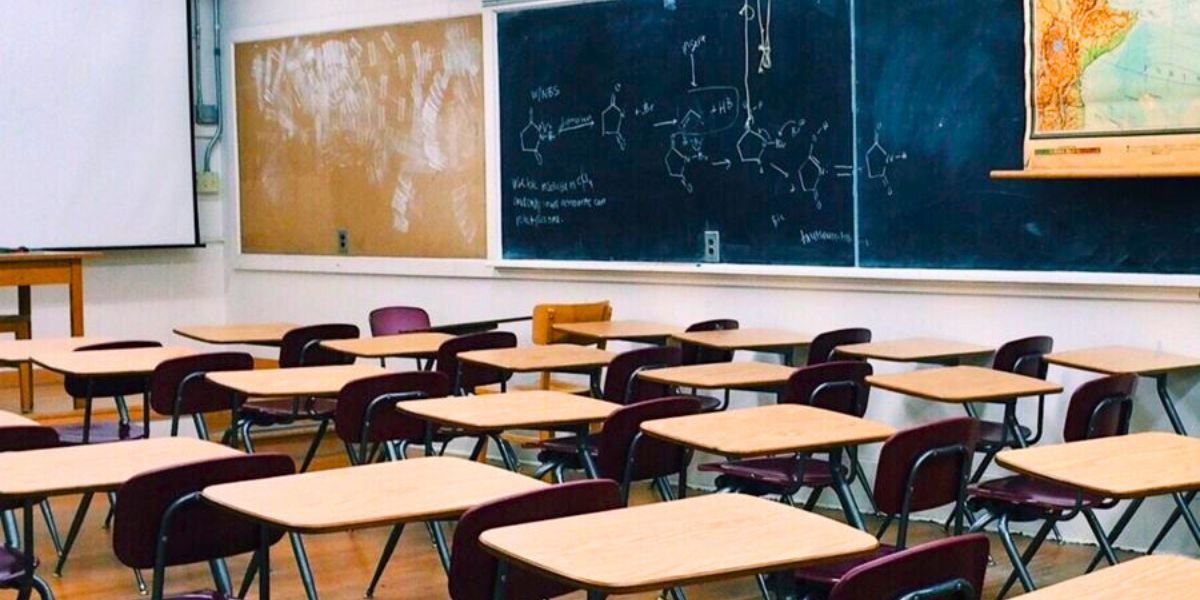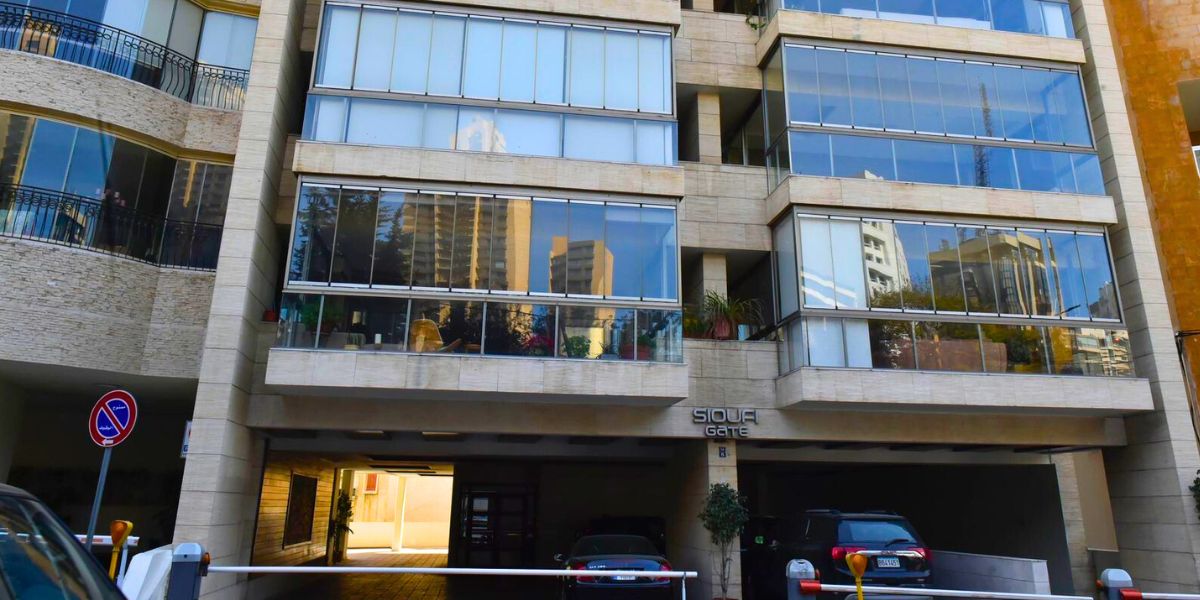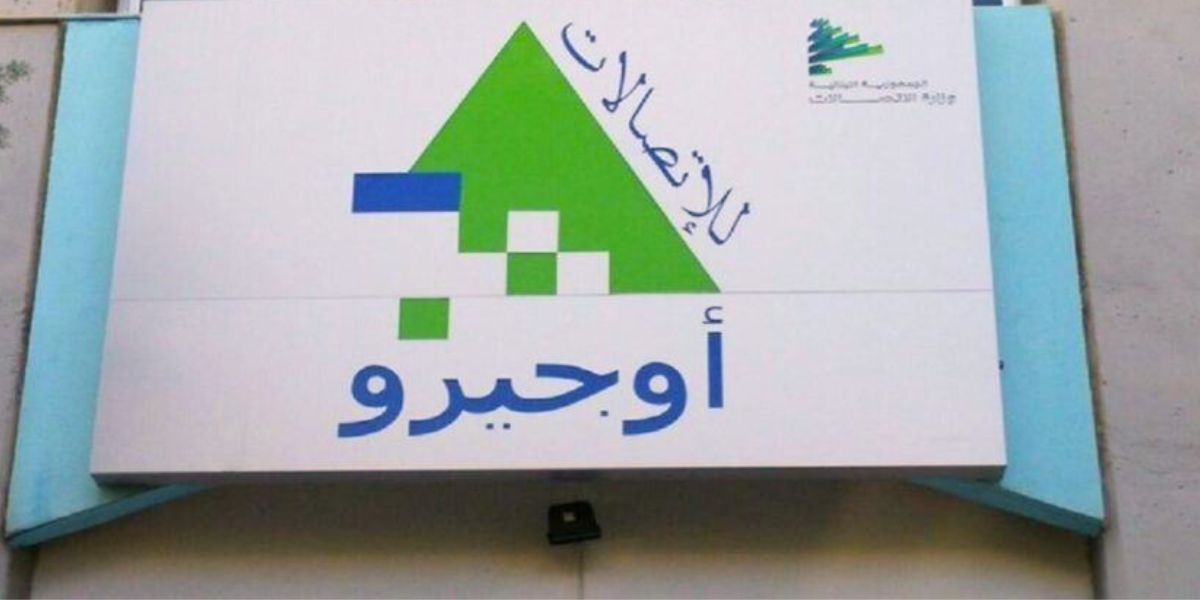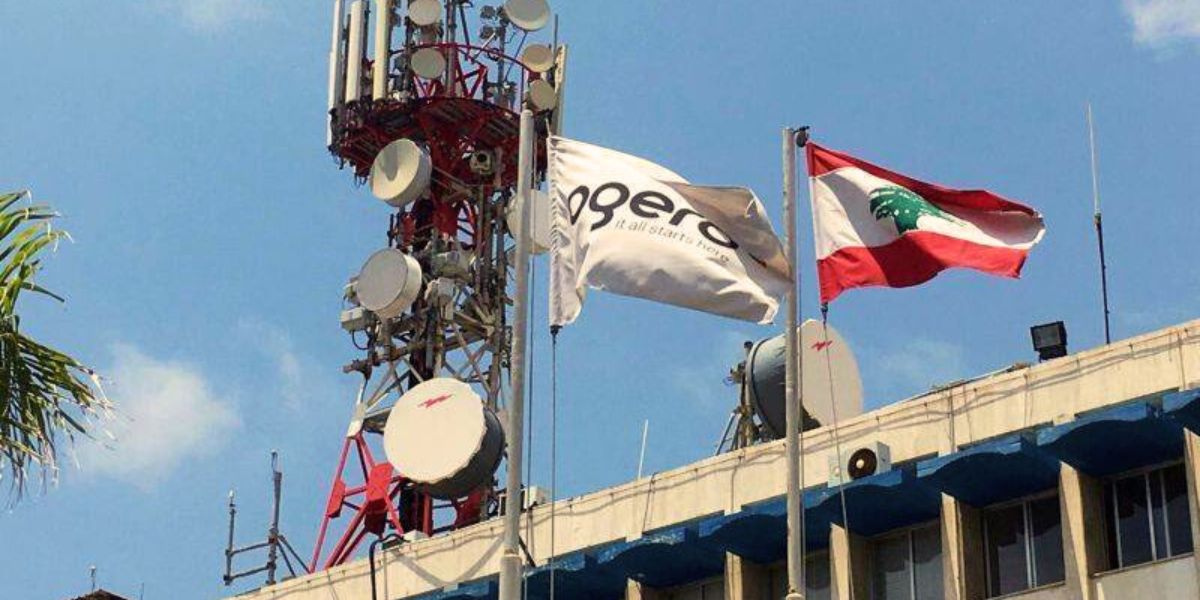After the collapse of a historical building in Achrafieh, Beirut, on January 28th, the disregard towards the historical buildings in Lebanon has once again risen as an issue in the public’s consciousness.
Hence, the Minister of Culture Abbas Mortada went on to collaborate with the ministries of the interior and the municipalities on a file called “The protection of historical sights and buildings.”
In a letter to the interior minister Mohammad Fahmi, he urged him to instruct the governors, mayors, and the concerned authorities to work on a certain initiative for that aim.
The initiative includes the following:
- Launch an investigation into cracked buildings that pose a threat to public safety, and oblige their owners to support and maintain them according to the technical principles of the General Directorate of Antiquities.
- Stop giving permission to demolish the old buildings, or approving authorizations to construct on these properties without the permission of the General Directorate of Antiquities.
Many of these buildings have long been threatened with being demolished as they haven’t had visitors or residents for a long time, and haven’t been renovated.
The Civil War of 1975 devasted many of these buildings. Then, under the reign of former prime minister Rafik el-Hariri, his construction company Solidere undertook a massive rebuilding of war-torn Beirut.
Much of what remained of the old city after the war was hence torn down to make way for malls and skyscrapers.
The number of historical buildings remaining in Beirut has gone down from around 1016 in the 1990s to around 521 today.
In October 2017, however, a law drafted in 2015 was approved to ensure the protection of these old historical buildings. The provision helped to allow owners to profit from their building without demolishing them or selling them off.
However, at the time, the law was criticized by the owners of these buildings for its unclear wording.
Will this renewed interest in the protection of Lebanon’s historical buildings help save the capital from losing its heritage?


